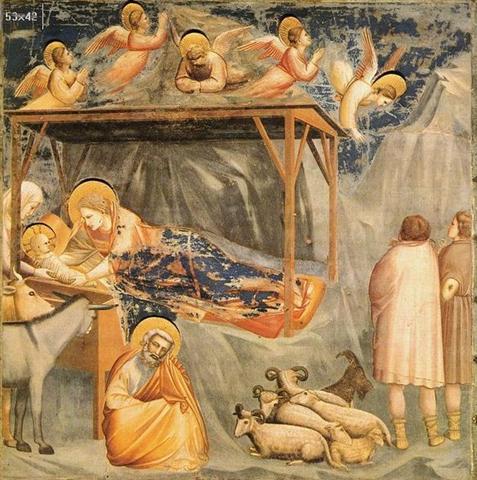The Chinese moon stations are also telling of a change beyond the Willow tree. Next comes Star, which obviously is the very opposite of something generating shadows and hiding things.
The Willow station has δ Hydrae as its 'ruling' star and the position in time is the same as Beehive, where Cancer has her 'heart'. Notably there is a tagata mau - a person with fist held high in front - in Ga3-7, in day 210 of the Gregorian calendar:
In K there is only a single fist held high and in Ka4-2 we can instead perceive what could be a corresponding Moon sign, at front in the pare glyph:
Alphard (connected with Star) is α Hydrae, where from a viewpoint south of the equator the constellation is rising up from its beginning low at δ:
The Nose of Hydra (σ, Al Minhar al Shujā) is rising practically at the same time as δ (at Willow), and these 'twins' in turn are rising practically at the same time as π¹ and π² (Museida) in Ursa Major. And the star in Cancer, Beehive (ε), is surrounded by the pair Ascellus Borealis (γ) and Ascellus Australis (δ):
... It [Cancer] is the most inconspicious figure in the zodiac, and mythology apologizes for its being there by the story that when the Crab was crushed by Hercules, for pinching his toes during his contest with the Hydra in the marsh of Lerna, Juno exalted it to the sky; whence Columella called it Lernaeus. Yet few heavenly signs have been subjects of more attention in early days, and few better determined; for, according to Chaldaean and Platonist philosophy, it was the supposed Gate of Men through which souls descended from heaven into human bodies ... The Crab with its tiny stars should be the place for a Crib: |








